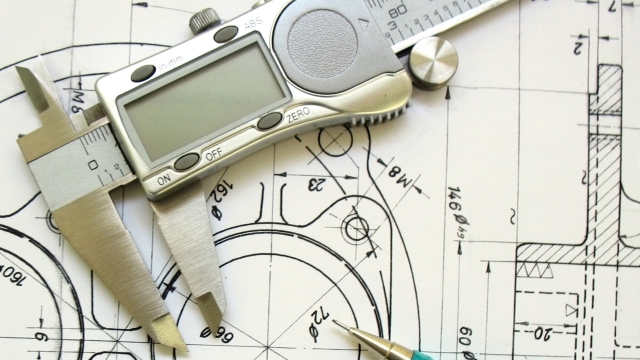In professions that require a high degree of caring, like
nursing, there’s sometimes discussion of compassion fatigue – the inability to
continue to care because of the high levels of caring required just to get
through the day. Caring people end up
feeling as if they’ve lost themselves, because they simply don’t know how to
care any longer. While compassion
fatigue in nursing is focused on compassion for the patient, compassion fatigue
can impact anyone in any relationship where high degrees of compassion are
required, including those where someone is caring for a loved one.
The symptoms of compassion fatigue may look slightly
different from burnout on the surface. But,
if you probe deeper, you find that compassion fatigue and burnout may not be
different. While burnout in nursing has
been associated with work, we can find ourselves burned out by any aspect of
our lives.
Compassion Fatigue
In environments where care is critical, it’s possible that
you’ll give more compassion than you have available. There’s only so much energy that someone can
give to help others without helping themselves.
The fundamental trap that causes compassion fatigue is a
focus on other people and their needs before focusing on your own self-care
needs. It’s easy to forgo the activities
that bring you happiness when so many others are suffering. The problem is that, without capacity flowing
back in, eventually you run yourself ragged, identifying too closely with those
suffering, and have nothing left to give.
This is the point where compassion fatigue sets in.
One insidious way that this process is accelerated is when
you’re helping others in order to heal your hurts. If you were abused as a child, you might try
to help other abused children, unconsciously hoping that, if you can save them,
you can save yourself. Unfortunately,
children in need keep coming, and the relief for your pain never comes. Reliving your experiences before you’ve had a
chance to address them is a recipe for depletion and compassion fatigue.
Burnout
Burnout is exhaustion, cynicism, and lack of efficacy. On the surface, this bears little resemblance
to compassion fatigue. But, as you look
deeper, you see that compassion fatigue is a specific kind of exhaustion. It’s an exhaustion about having to be there
emotionally for other people all the time.
Cynicism comes from feeling as if you cannot change the situation no
matter how hard you try, and inefficacy is what you feel when you don’t believe
you can make a change.
Compassion fatigue doesn’t come from the successes of being
compassionate and getting good results.
It comes when you give everything you have, and it doesn’t feel like
there are any results. The good news
about this realization is that you can use the same techniques for recovering
from burnout to address compassion fatigue.
Models for Burnout
There are two simple models for burnout. The bathtub model uses a bathtub as a symbol
for our personal agency – our ability to get things done. Results, support from others, and self-care
fill the tub up, and the demands we allow to be placed on us drain from
it. When our personal agency bathtub is
empty, we’re in burnout. So, to combat
it, we can change the results we’re getting, the support we’re getting, or the
degree of self-care we’re doing.
Obviously, changing the results is the hardest of these to control – but
you could spend more time acknowledging your successes to squeeze more emotional
energy out of your results.
The second model is that burnout is caused by the gap
between your perceived results and the expectations you have for yourself. This is where unresolved childhood issues are
a problem. Because every person you help
also aids the child inside of you, you feel that you must save everyone– and
that’s not realistic. Instead of being
able to celebrate successes, you end up focused on the child who you couldn’t
help, knowing the kind of pain they’ll have to endure.
Resolving Compassion Fatigue
The recipe for resolving compassion fatigue isn’t hard,
although implementing the change can be difficult. Focus on the positive results you get, engage
more people to support you, do more self-care, and limit the demands on your
personal agency that you allow.
Unresolved past hurts can make that difficult – or impossible – to
do. By gaining better awareness of why
you’re being consumed by the compassion you offer to others, you may find that
finding your way out of compassion fatigue – and burnout – is easier.
If you suspect that you have succumb to
compassion fatigue or burnout and you don’t have the resources you need, look
for resources from your organization such as an employee assistance program
that can offer more resources or counseling.
You might also consider a different unit or even a different
organization to reduce your compassion fatigue to a more manageable level.








